Simple Question…
China’s BOE (200725.CH), the world’s largest LCD panel producer, is one of the more responsive companies on the Q&A platforms, and while they do the ‘dance’ like many others, they at least attempt to answer questions where others do not. A recent very simple question prompted a rather lengthy response, which could have easily be summarized in a few words. Here’s the question and answer, and our summary…
Question
“Hello, is the OLED screen company losing money? Is it possible to increase the selling price to reduce losses?”
Answer
“Hello! At present, the company's three flexible AMOLED production lines are still in the climbing period, and the newly added depreciation is under pressure in the short term. In the long run, the flexible AMOLED business is one of the company's important growth points in the future. The company has given full play to its advantages in technology and production capacity, and has established extensive and close customer cooperation relationships, and has made important breakthroughs in the development of flexible AMOLED business. According to consulting agency data, in the first quarter of 2022, the company's flexible AMOLED product shipments increased by nearly 50% year-on-year. With the continuous increase in shipments, the operation of the flexible AMOLED business will continue to improve. In the field of smartphones, the company's flexible AMOLED products have basically completed the introduction of global mainstream brand customers in 2021. In the future, it will mainly focus on achieving more product series coverage for customers and continuously increasing the proportion of customers of the company's products. At the same time, continue to promote the application of flexible AMOLED in new fields such as IT and automotive, and enhance the value and performance contribution of flexible AMOLED products. Thanks!”
Summary
“No, not yet. Not sure when”
In similar fashion, another Chinese panel producer Visionox (002387.CH) was recently queried in a similar fashion also about their OLED display business, although with a bit more detail as follows…
Question
“Thank you very much for the performance forecast. The estimated loss in the first half of 2022 is about 1.1 billion. After deducting more than 500 million depreciation from Gu’an in the first half of the year, the loss is basically the same as the same period last year. Then, while the operating income has increased by about 20%, why has the loss reduction still not achieved except for the solidification. At present, it is indeed as the majority of investors have said, the more you sell, the more you lose. Please give a reasonable explanation for the increase in revenue but not profit after deduction of depreciation, thank you!”
Answer
“Thanks for attention. At present, the AMOLED field is still in a period of rapid development dominated by technology. Due to the ramping production capacity, the continuous improvement of utilization rate, the continuous investment in research and development and the gradual expansion of market demand, the gross profit margin of OLED products is still in the stage of continuous improvement. In 2021, the company's OLED product gross profit margin will increase by 6.6 percentage points year-on-year. In the future, the increase in gross profit will come from economies of scale and industrial synergy. First, the yield rate and utilization rate will be further improved, especially if a relatively sustained high utilization rate can be achieved, the scale advantage of the production line will appear, and various costs and expenses will be Obtain a more reasonable and effective allocation; the second is to continue to build an industrial ecology and strengthen technical coordination. Relying on solid technology accumulation, the company provides a product verification platform, and actively promotes the localization and introduction of upstream supply chains to reduce costs and increase efficiency. Thanks!”
Summary
“No, not yet. Not sure when”
To point, we commend the Chinese exchanges for their push to open public communication between companies and investors, something far more guarded in the US, but we all know companies are going to try to paint the best possible picture, regardless of the actual answer. While the dance is inevitable, at least there is a sort of a forum, which is a positive step, and on occasion there is some glimmer of useful information given or at least hinted at. Of course disclosure rules differ from country to country and open Q&A platforms like these can be a minefield for legal counsel, but at least the average investor does not have to wait 90 days to ask a question, if they are able to find a way into the quarterly queue, and the answer, regardless of how obfuscated, is public record.
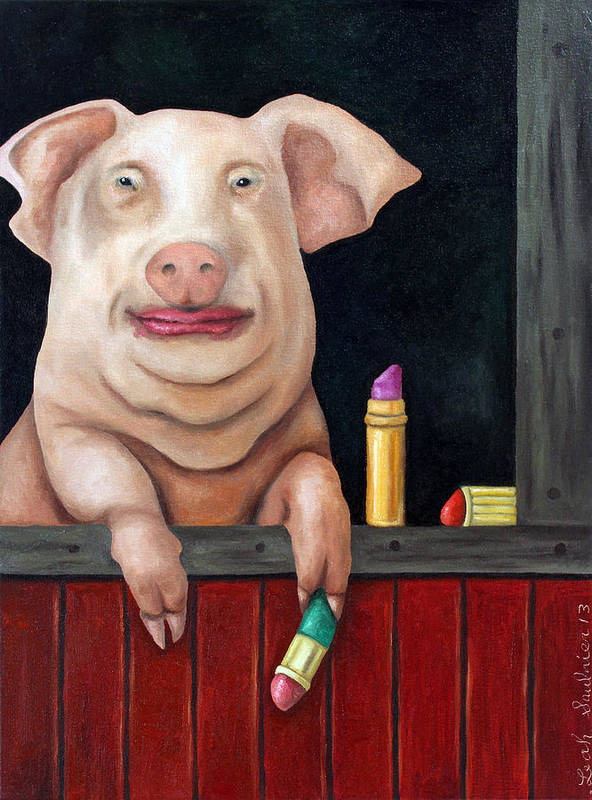
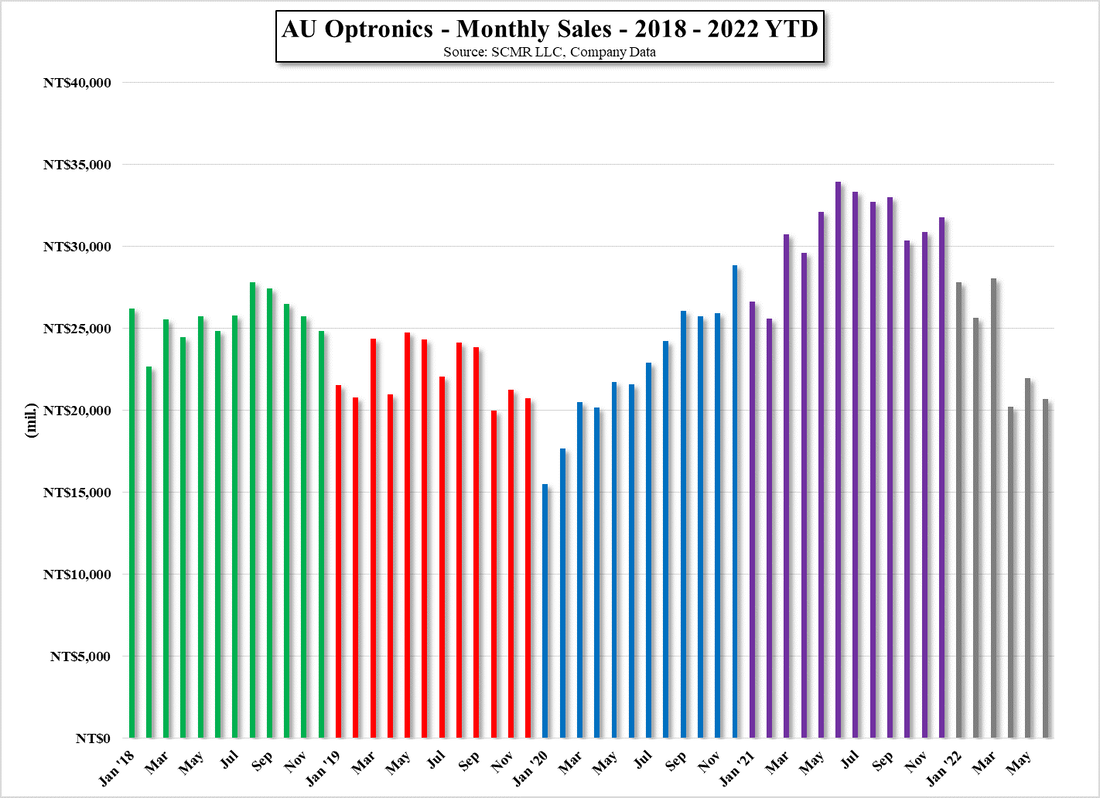
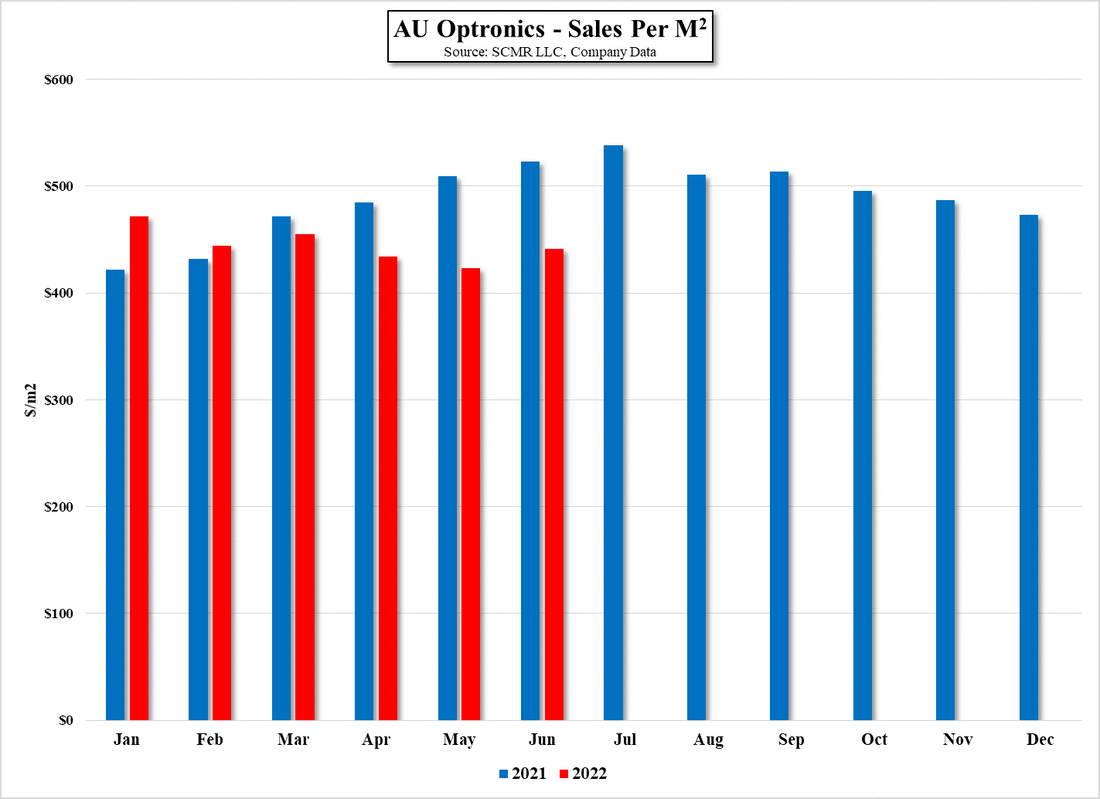
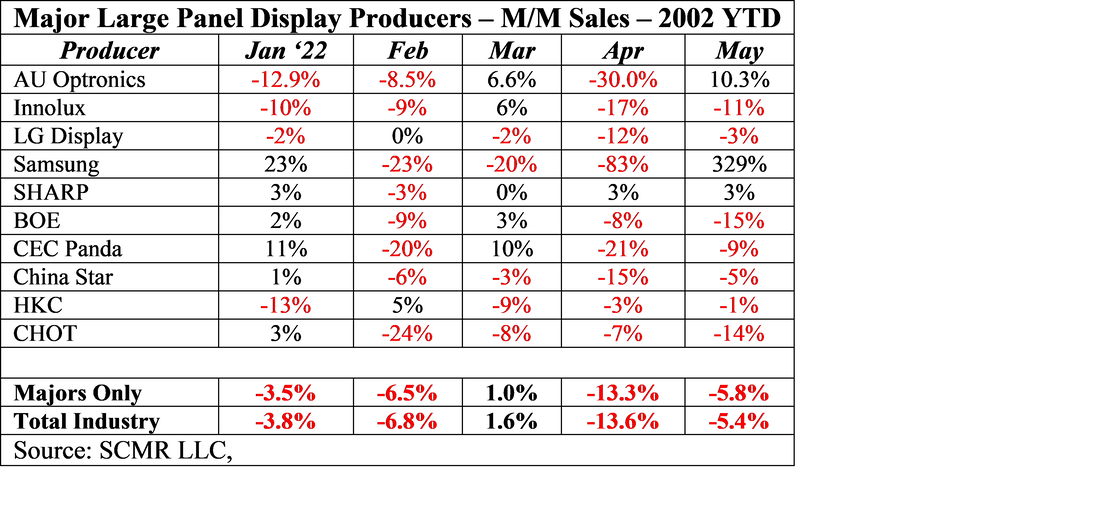
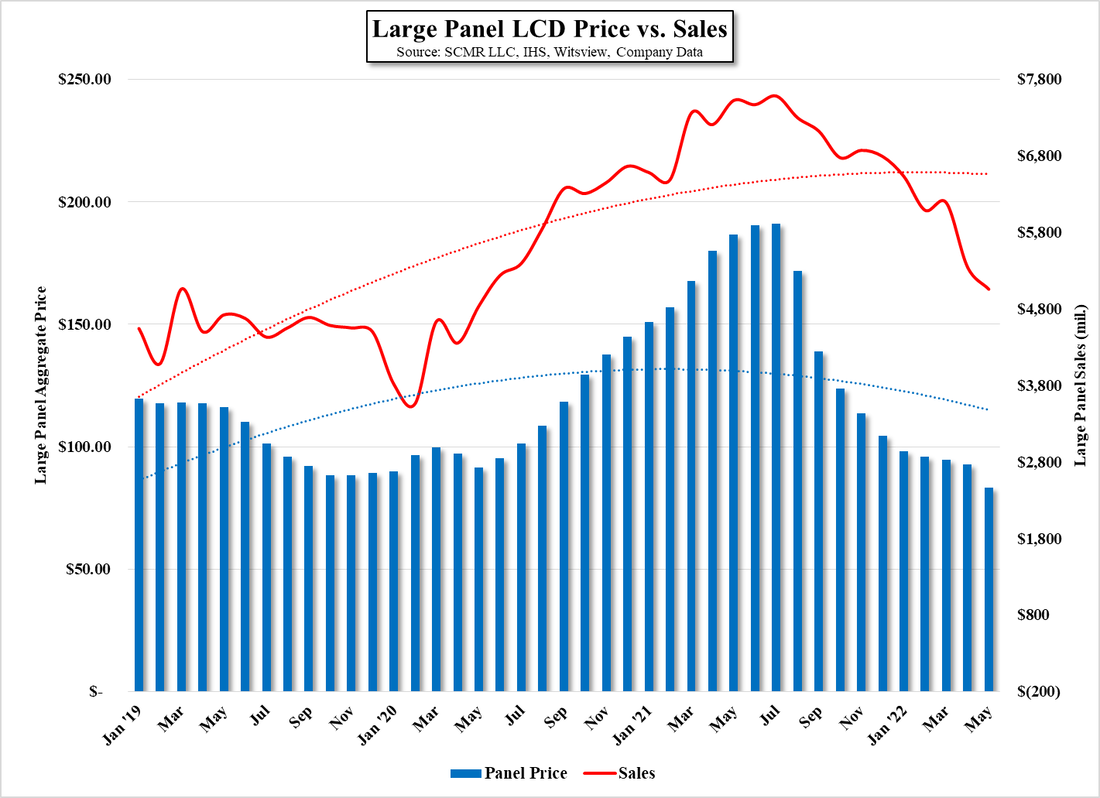
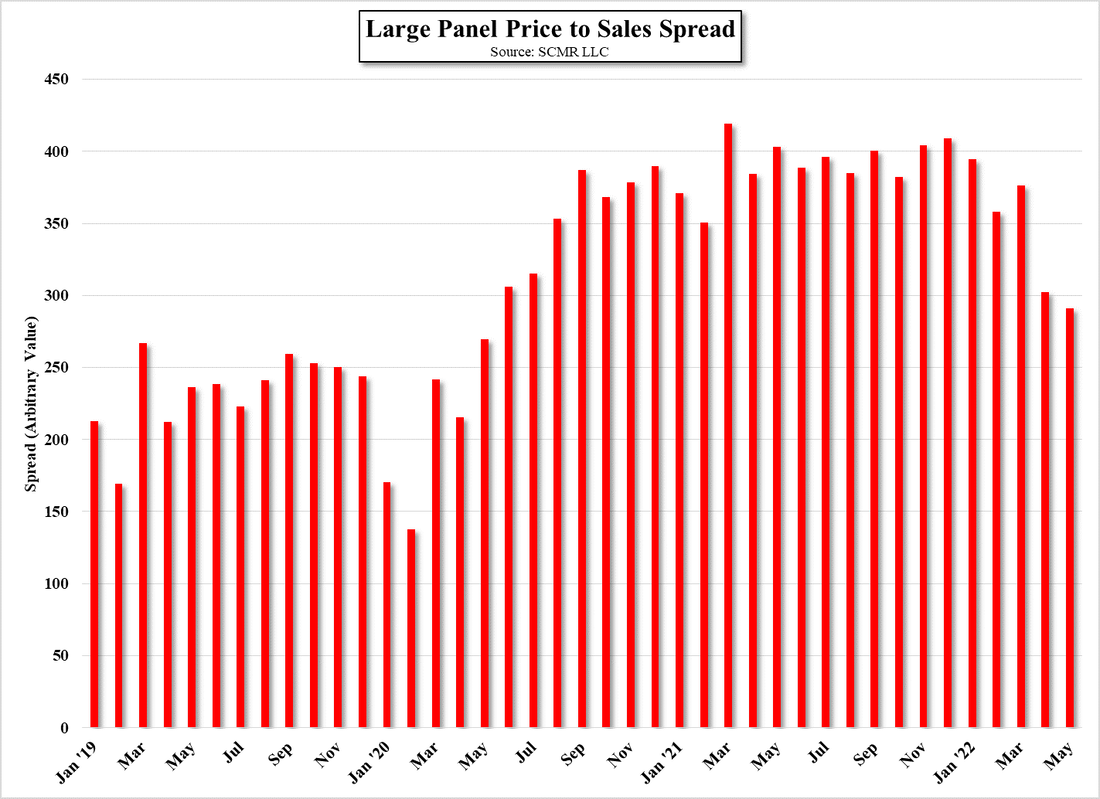

 RSS Feed
RSS Feed